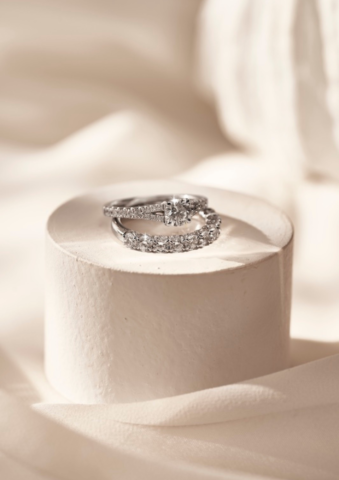Et Tu, Brute?
By Joana Sousa Lara
What makes an architectural movement like Brutalism be cherished by the critics but resented by (almost) everyone else? It is stark and uncompromising as far away from a natural world, into an artificial one as we humans can probably get. The most reviled of all architectural styles yet find it explored in artworks now as well as by the creators. Discover more on Et Tu, Brute?
According to the Oxford Dictionary, Brutalism is defined as “a stark style of functionalist architecture, especially of the 1950s and 1960s, characterized by the use of steel and concrete in massive blocks”.
Brutalist structures are defined by their bulky, monolithic appearance, as well as their rigid geometric technique and large-scale use of poured concrete. After being heavily chastised for being unwelcoming and inhumane, the movement began to decline in the 1970s.
This architectural movement intended to be a daring, innovative retirement from Modernism’s conventional elements. The emphasis on volume, asymmetrical compositions, and minimal ornamentation became hallmarks of this particular style. It, like Modernism, was influenced by both idealism and technology.

In 1954, the British architects Alison and Peter Smithson coined Brutalism, previously popularized by architectural historian Reyner Banham. It was first associated with architecture with Le Corbusier, who designed the Cite Radieuse in Marseilles in the late 1940s, steered to express postwar optimism while celebrating the rough beauty and especially the structural possibilities of concrete, which were just becoming apparent. Therefore the name deriving from the french term Béton brut (raw concrete).

Paul Rudolph, former dean of Yale School of Architecture, was tasked with designing a new art and architecture building for the Yale campus during the 60s. The finished result was a perplexing concrete-and-glass castle with 37 different terraced levels spread across seven different stories, which was later praised by the famous New York Times architectural critic, Ada Louise Huxtable, as a “spectacular tour de force”. Interesting enough, his students hated it. So much so that, according to rumours, some even tried to burn it down.

One explanation for Brutalism’s popularity is that concrete was not only fashionable but also inexpensive. People also believed that concrete structures required little or no maintenance, which was very far from reality.
Most of the Brutalist architecture was hated by the public from the beginning of its creation. Why? It was believed that such ascetic and dramatic sketches and pictures were monotonous and dehumanizing in person, thought that demolished its sole purpose of existence: Instead of representing postwar opportunities and the triumph of the common man, the new concrete architecture became a symbol of suburban mediocrity.

South Bank saw the arrival of some more daring architecture in the 1960s and 1970s, built in the Brutalism style. The Queen Elizabeth Hall was the first of two projects to launch in 1967, followed by the Hayward Gallery. With its war bunker-like blocks, it was voted the ugliest building in Britain at the time by Daily Mail readers.
The National Theatre moved into the three theatres of their new building, next to the Hayward Gallery, in 1976, after more than a century of planning and fourteen years in the Old Vic: Lyttelton, Olivier, and Cottesloe, now replaced by the Dorfman.
However, Brutalism has recently experienced a revival, if trend articles on the internet are to be believed. So far, Brutalism’s comeback has been more intellectual than physical, as evidenced by a few retrospectives and exhibitions.
Might this be just a life cicle of design that generally oscillates between fresh and polished, dated, and retro-cool? Whatever it might be, there’s a much-anticipated free-entry exhibition of painting and sculpture, inspired by the built environment that you must not miss: Happening Saturday, May 15th, at The Saul Hay Gallery in Manchester and will run until Sunday, May 30th, BRUTAL includes a variety of some of the nation’s best brutalist artists like Mandy Payne, Emma Bennett, William Braithwaite, Dan Broughton and Jen Orpin.
“Manchester is the perfect city to host such an exhibition; with gleaming glass skyscrapers that are changing the skyline forever and where battles between residents, developers and conservationists rage daily, many are urgently asking what makes for good architecture?” – said the Director of The Saul Hay Gallery, Ian Hay – “The often maligned Brutalist and Modernist schools sought to solve society’s ills through architecture. Our exhibition will be a study of what we can learn from these visionaries who designed such buildings which have divided opinion and showcase some incredible artworks encouraging us to take a step back and really evaluate our urban surroundings and our place within them.”

For more information on the event visit: The Saul Hay Gallery.
If you enjoyed reading Et Tu, Brute?, then why not read Feel Home.








